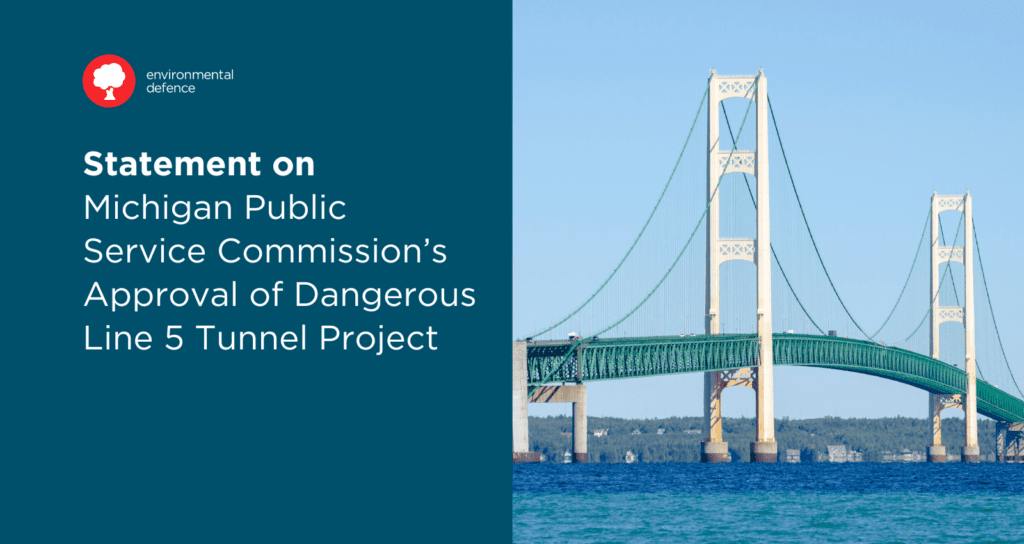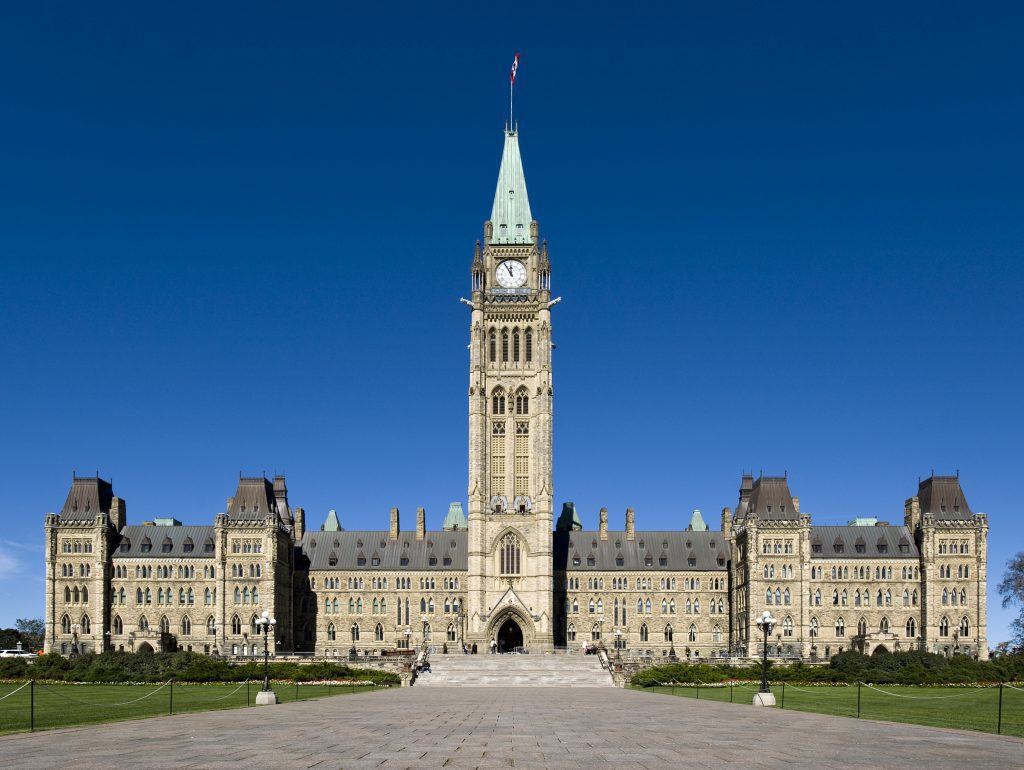Statement from Michelle Woodhouse, Water Program Manager, Environmental Defence
NOAA forecasts small algae bloom for Lake Erie which is still cause for concern and intensive July rainfalls could potentially increase bloom severity
Toronto | Traditional territories of the Mississaugas of the Credit, the Anishinaabeg, the Haudenosaunee, and the Huron-Wendat – Despite NOAA’s forecast of a small algae bloom this summer, a bloom of any size is unacceptable and poses a threat to human and animal health. In fact, smaller blooms can be more toxic than larger blooms due to higher concentrations of microcystin (a potent liver toxin and possible human carcinogen).
The root causes of these harmful algae blooms, namely agricultural runoff and rising lake temperatures, must be addressed. NOAA scientists made it clear today that despite a mild 2023 forecast, there is still an urgent need for action to address all sources of phosphorus losses and runoff on both sides of the border. A changing climate is already leading to heavier-than-normal rainfall in the Great Lakes basin during the spring and summer months.
Climate models predict this will only increase. A wetter spring and summer will result in more phosphorus runoff from the land and into Lake Erie, causing more severe algae blooms. Severe blooms suffocate the lake, creating a “dead zone” due to a lack of oxygen in the water, which can decimate fisheries. The presence of microcystin can also threaten drinking water and be fatal to animals.
Canada and Ontario have committed to reducing the amount of phosphorus entering the lake by 40 per cent by 2025. However, to date, neither have provided an update on the progress towards that goal. We need greater accountability for how the agricultural food sector is being adequately supported, but also held to account in reducing its role in the problem. Recent government funding commitments for the Great Lakes should be used to help support the greater implementation of agricultural best management practices. This is sorely needed for the sector and greatly needed for larger-scale and heavily industrialized operations.
The provincial and federal governments must work together to tackle current agricultural practices that often lead to overapplication rates on crops, in addition to very poor manure management systems for animals being raised for food. As a society, certain unsustainable agricultural production practices must be addressed.
Furthermore, they must also work together to implement policies, such as Canada’s anticipated Sustainable Agriculture Strategy, to encourage efficient and restrained use of fertilizers. Overapplication of manure from animal agriculture is also a notable problem, and one that is costly for farmers and the environment, and should be addressed through more stringent storage and application practices.
Background information:
- The U.S. National Oceanic and Atmospheric Administration (NOAA) has announced its 2023 Lake Erie algae bloom forecast. This year’s bloom is expected to be small at a severity of 3 on a scale of 10.
- July rainfall plays an important role in how the bloom can develop while the temperatures are also increasing in the lake. Intensive heavy rainfalls that could end up persisting over the month of July this summer may cause the bloom to grow to a moderate severity of 4.5.
- Ontario and Canada signed the Canada-Ontario Lake Erie Action Plan in 2018 as part of the binational efforts to address Lake Erie’s algae blooms and keep them from spiralling out of control.
- In 2014 nearly 500,000 residents in Toledo, Ohio and Pelee, Ontario were left without access to safe drinking water for days due to a severe bloom.
- Every year, there are incidents of dogs that die from swimming in water near algae blooms due to the presence of microcystin.
ABOUT ENVIRONMENTAL DEFENCE (environmentaldefence.ca): Environmental Defence is a leading Canadian environmental advocacy organization that works with government, industry and individuals to defend clean water, a safe climate and healthy communities.
– 30 –
For more information or to request an interview, please contact:
Paula Gray, Environmental Defence, media@environmentaldefence.ca, 705-435-8611





